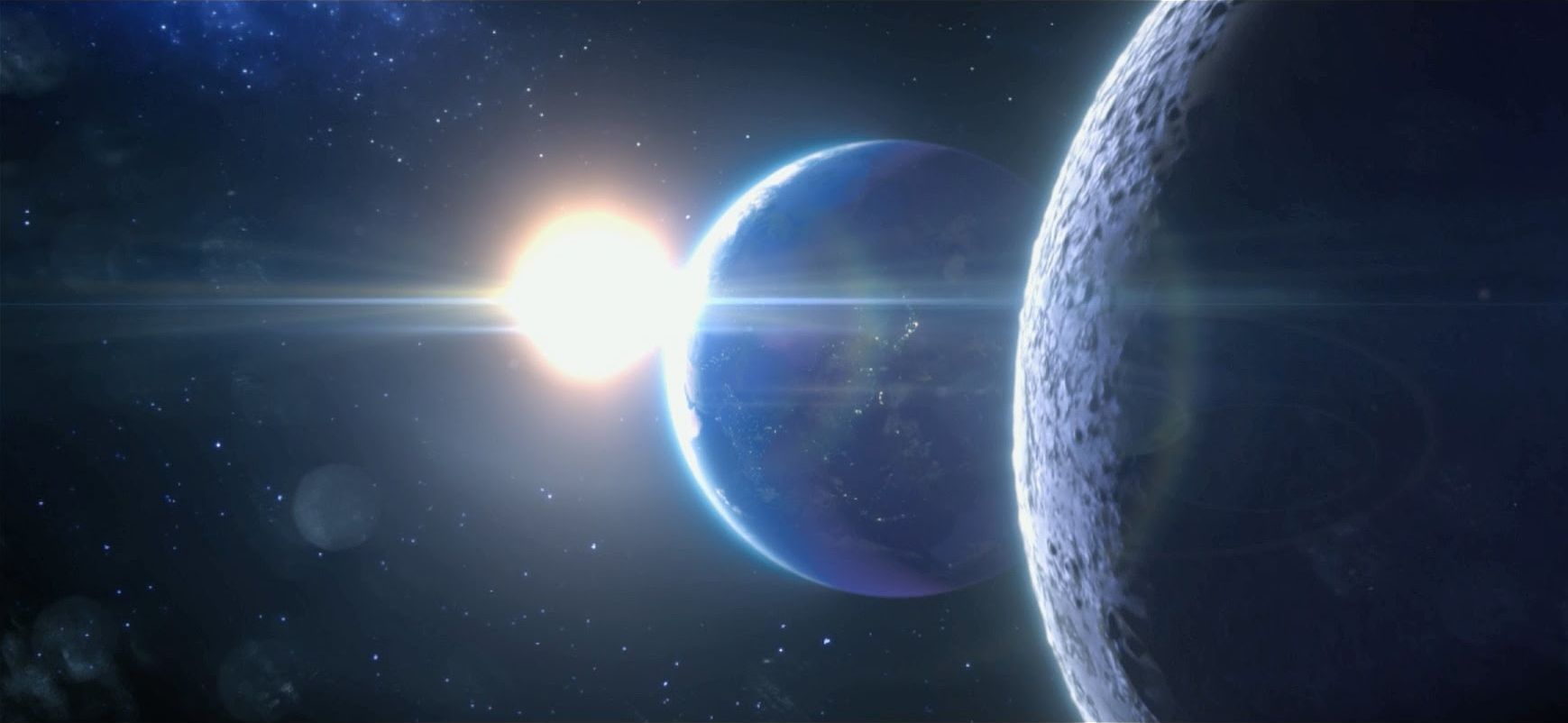What do you think of this new idea?
Flying in the face of a funding ban, research centers move ahead with developing human-animal chimeras.
What do you think of this new idea?
Flying in the face of a funding ban, research centers move ahead with developing human-animal chimeras.
This looks fascinating!
The senses of sight and hearing are immersed in virtual reality, but what about touch? The Teslasuit hopes to let you feel things in virtual worlds.

https://youtube.com/watch?v=vBsV2PAaHRo
As part of of the Google Lunar X Prize competition, Audi and Part Time Scientists have teamed up to 3D print a rover capable of landing on the moon’s surface, and traversing at least 500 meters thanks to metal 3D printing technology.
Excited rumors began circulating on Twitter this morning that a major experiment designed to hunt for gravitational waves —ripples in the fabric of spacetime first predicted by Albert Einstein—has observed them directly for the very first time. If confirmed, this would be one of the most significant physics discoveries of the last century.
Move a large mass very suddenly—or have two massive objects suddenly collide, or a supernova explode—and you would create ripples in space-time, much like tossing a stone in a still pond. The more massive the object, the more it will churn the surrounding spacetime, and the stronger the gravitational waves it should produce. Einstein predicted their existence in his general theory of relativity back in 1915, but he thought it would never be possible to test that prediction.
LIGO (Laser Interferometer Gravitational Wave Observatory) is one of several experiments designed to hunt for these elusive ripples, and with its latest upgrade to Advanced LIGO, completed last year, it has the best chance of doing so. In fact, it topped our list of physics stories to watch in 2016.
An exposed rock on the dimpled, icy plain recalls a giant slug. The outcropping or lone chunk of debris lies along a demarcation line between different portions of the plain. The line resembles the trail of slime left behind by a slug or snail on the move.
But the line isn’t slime; it marks a unique but subtle pattern on the plain. Zoom out and viewers will see Sputnik Planum divided by a series of lines. The icy plain looks like a collection of cells or tectonic plates.
Researchers say the differentiation is created by a deep-lying heat source. As large regions are gradually warmed, they bulge very slightly before cooling and sinking back. The slow warming and cooling routine creates a cell-like convection pattern.
Insertables are here! They are a new class of devices that go literally under your skin! Heffernan, Vetere, and Chang from the University of Melbourne discuss what they are, what they could be used for, their risks and the challenges for the HCI community. Fascinating! @kaylajheffernan # insertables #hci # wearables
We met Loughborough-based Intelligent Energy at CES, where they showed us a hydrogen-powered iPhone 6 that lasts for a week without a charge.
Originally published on EV Obsession.
Mercedes-Benz is now aiming to bring 4 electric vehicles to market over just the next few years, rather than simply one, according to recent reports.
The reason for the speeding up of plans is apparently that competitors such as BMW and Audi (not to mention the rising competitor Tesla) have been making strong moves as of late — meaning that Mercedes needs to speed things up on the electric vehicles front or possibly get left behind.

“Greetings. We are from the future. Everything is going to be alright. The future is a beautiful place. But you will need some training in order to get there…”
